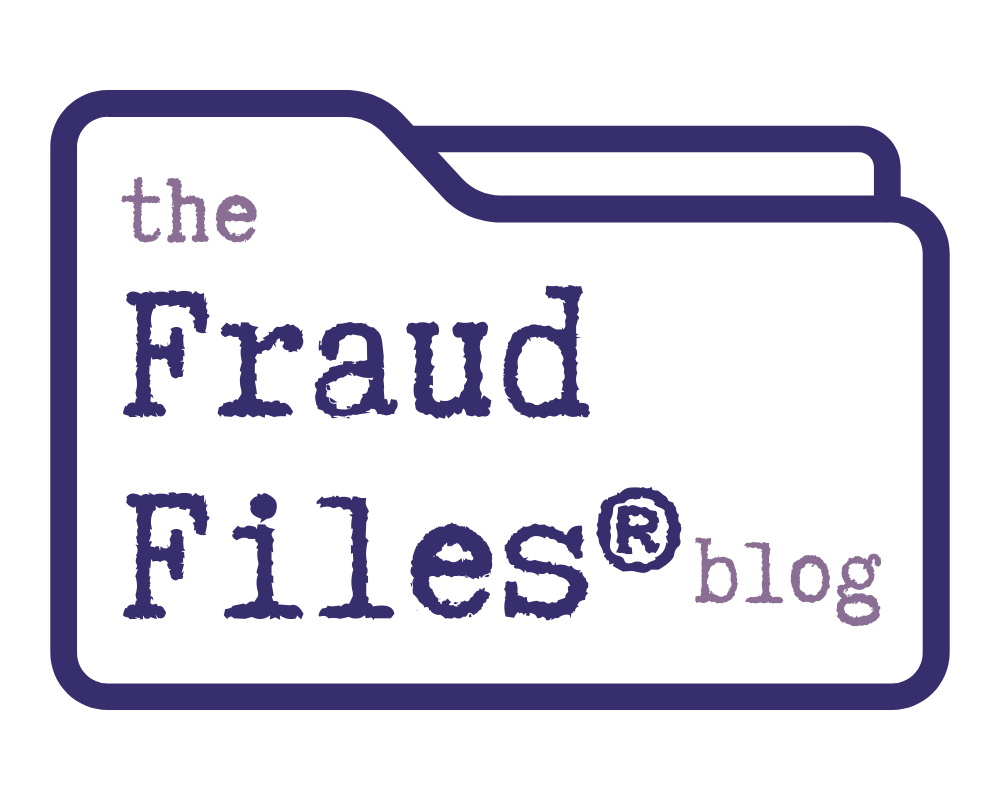
If companies were allowed to make up their own accounting rules and measures, no one would know what the numbers really mean. And that is precisely what Groupon (GRPN) is hoping will happen when would-be investors look at the company’s numbers.
The Business of Groupon
Here’s how Groupon has been doing business. It has been getting tons of consumers to use its service, essentially buying coupons for discounted products and services at local companies. It is common for companies to offer a Groupon for 1/2 the regular price of a product or service.
Customers purchase the coupons, and Groupon takes half of the money collected from the sale of the coupons. The other half of the money brought in from the sale of the coupons goes to the actual service provider. The business owner is hoping to entice new customers to the business, with a chance of turning those customers into full-price, long-term customers.
There are a couple of problems for business owners, however. The business is providing a full-price service or product, but generally getting paid only about 25% of the regular price. Smaller businesses can quickly become overwhelmed if too many Groupons are sold. And it isn’t clear that offering a Groupon actually reaches people who try out the company and then become long-term customers. (i.e. There are lots of bargain-hunters out there who will never return to the business after they use the Groupon.)
The concept behind Groupon may be a good one from a business standpoint. Groupon facilitates the transaction between the business and the customer, and takes a cut of the money. But it has been an extremely expensive business to run. Groupon has been hemorrhaging money trying to get more consumers to use their service.
The IPO and the Numbers
Groupon is heading toward an initial public offering of shares of stock, and hoping to have a market capitalization around $20 billion.
Groupon had revenue of $713 million in 2010, and expenses of $1.126 billion in 2010, for a net loss of more than $413 million. The first quarter of 2011 doesn’t look much better. Revenue of $645 million is obviously a faster pace than 2010, but expenses were $759 million, still leaving the company well in the red.
In order to deflect attention from the fact that Groupon is nowhere close to being profitable on an annual basis, the company has fabricated a measure it calls “adjusted consolidated segment operating income,” or adjusted CSOI. What, you ask, is this adjusted CSOI? It is basically a measure that excludes the company’s expenses.
Which expenses are being excluded from the calculation to make the company look more successful?
Adjusted CSOI is operating income of our two segments, North America and International, adjusted for online marketing expense, acquisition-related costs and stock-based compensation expense. Online marketing expense primarily represents the cost to acquire new subscribers and is dictated by the amount of growth we wish to pursue. Acquisition-related costs are non-recurring non-cash items related to certain of our acquisitions. Stock-based compensation expense is a non-cash item. We consider Adjusted CSOI to be an important measure for management to evaluate the performance of our business as it excludes certain non-cash expenses and discretionary online marketing expenses that are incurred primarily to acquire new subscribers. We believe it is important to view Adjusted CSOI as a complement to our entire consolidated statements of operations.
The big one is marketing costs. And once you look at the numbers, you see why Groupon wants you to ignore those marketing costs:
- The company’s net loss for the first quarter of 2011 was $117 million. This made-up metric of adjusted CSOI showed a “profit” of $81.6 million for the same period. That’s a difference of almost $199 million.
- The company’s net loss for 2010 was $420 million. Adjusted CSOI shows a profit of $61 million. That’s a swing of $481 million.
Groupon’s IPO filing says that investors should consider this adjusted CSOI because it shows them the company’s performance excluding “expenses that are noncash or otherwise not indicative of future operating expenses.”
Why would marketing costs – – the costs to get new users or customers – – not continue into the future? It’s just nonsense. Of course marketing costs are going to continue to exist. Maybe the marketing costs won’t be as high in the future, but no one is silly enough to think the marketing costs are going to go away.
And there’s an additional risk with Groupon… Some say this “daily deals” stuff has reached its saturation point with consumers, leaving little to no place to expand. How will Groupon grow if that is the case?
It sounds fishy, and that’s likely why the Securities and Exchange Commission (SEC) is asking questions about this phony measure, according to The Wall Street Journal.
Sound Familiar?
If any of this feels familiar, it’s probably because you’re remembering the dot-com boom of the late 1990s. Tech companies didn’t feel that traditional financial measures did justice to their newfangled business models. Many of these companies didn’t have profits, or even revenue streams, so they invented their own measures. They claimed these alternative measures were more helpful to potential investors. And then the tech bubble burst…
How do you measure the success of a company within a new industry, when the business model is unclear and untested?
Apparently it’s all the rage to do some fancy footwork and make up your own accounting standards. Internet game maker Zynga, which had an IPO in July, made up a metric called “bookings,” essentially pretending that all revenue from signed contracts is recognized immediately. This is a big no-no in the accounting world, as GAAP requires that revenue not be recognized until it is earned.
There’s obviously a big difference between signing a contract, and actually performing the work that entitles you to the revenue. And that’s precisely the point of GAAP – – to give all companies the same standards by which to book their income and expenses, so users of the financial statements know what they’re looking at.
Groupon appears to be trying to fool investors into believing there is some sort of profit, when there isn’t anything close. Pay no attention to the red below the line… instead go back up toward the top and pretend that is our profit.
The SEC Asks Questions
Groupon has filed an amendment to its original SEC filing, stating that adjusted CSOI “should not be considered as a measure of discretionary cash available to us to invest in the growth of our business or as a valuation metric.” If an investor is not supposed to use that measure when considering the value of the company, what can the investor use it for?
The disclaimer is disingenuous at best. Groupon is presenting the measure because the numbers look horrible when presented using GAAP. Hoping to not get in trouble with the SEC, Groupon gives a flimsy disclaimer, and is apparently planning additional disclaimers.
8 Comments
Leave a Reply to SteveCancel reply




I read about this too, and this thought hit my head:
“Pay no attention to that man behind the curtain.”
Great minds think alike!
Groupon, Facebook and the like have no hard assets. If we learned anything from the dot-com bust, it is the stock of a company with no hard assets can drop to near-zero tomorrow. Groupon and similar enterprises are doomed to be short-term moneymakers and long-term busts. In 5 years, Geoupon will not exist, the shareholders wil be left holding the bag and the founders of the company will be laughing all the way to the bank.
Forget the predictions about the future and who Groupon is going to screw… just ask many companies that follow through with a Groupon Coupon “deal” presently. It’s highway robbery… of their current clients! Why do Groupon deals sound too good to be true? Because they are.
Nobody I know uses Groupon as either a bargain hunter or businessman.
[…] on September 25th, 2011 In July, critics attacked Groupon (GRPN) and it use of a made-up accounting measure management called Adjuste…. I suggested that the company made up the measure to exclude many of the company’s expenses […]
[…] what about the bottom line? Previously, Groupon wanted us to ignore the bottom line in favor of a made-up measure called CSOI. Management said this measure is more meaningful than traditional financial measures, since Groupon […]
[…] This was also after Groupon was criticized for using the non-GAAP (made up) financial measure of Consolidated Segment Operating Income (CSOI), which asked investors to ignore its massive marketing costs, even though those are closely related (and critical) to its gen…. […]